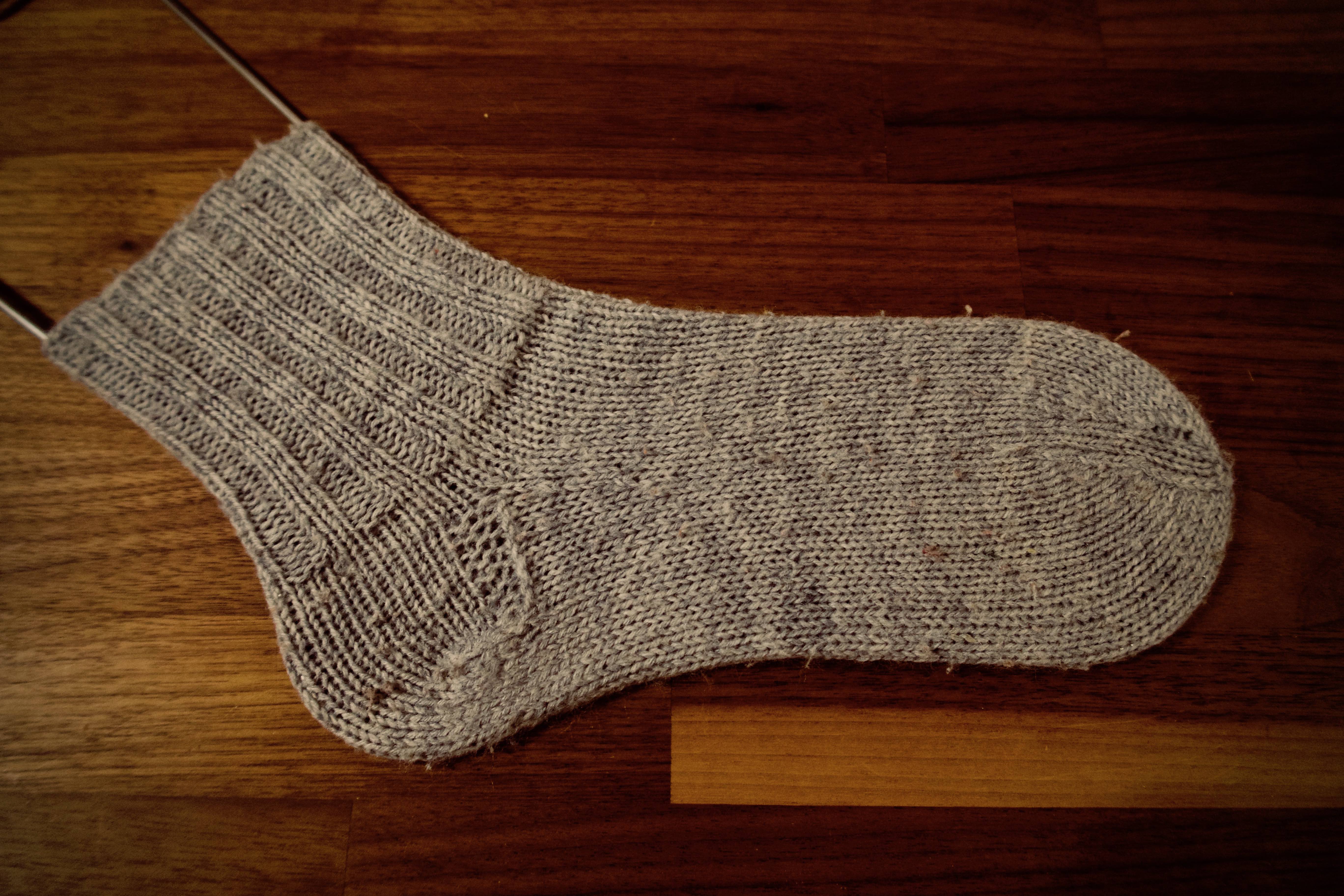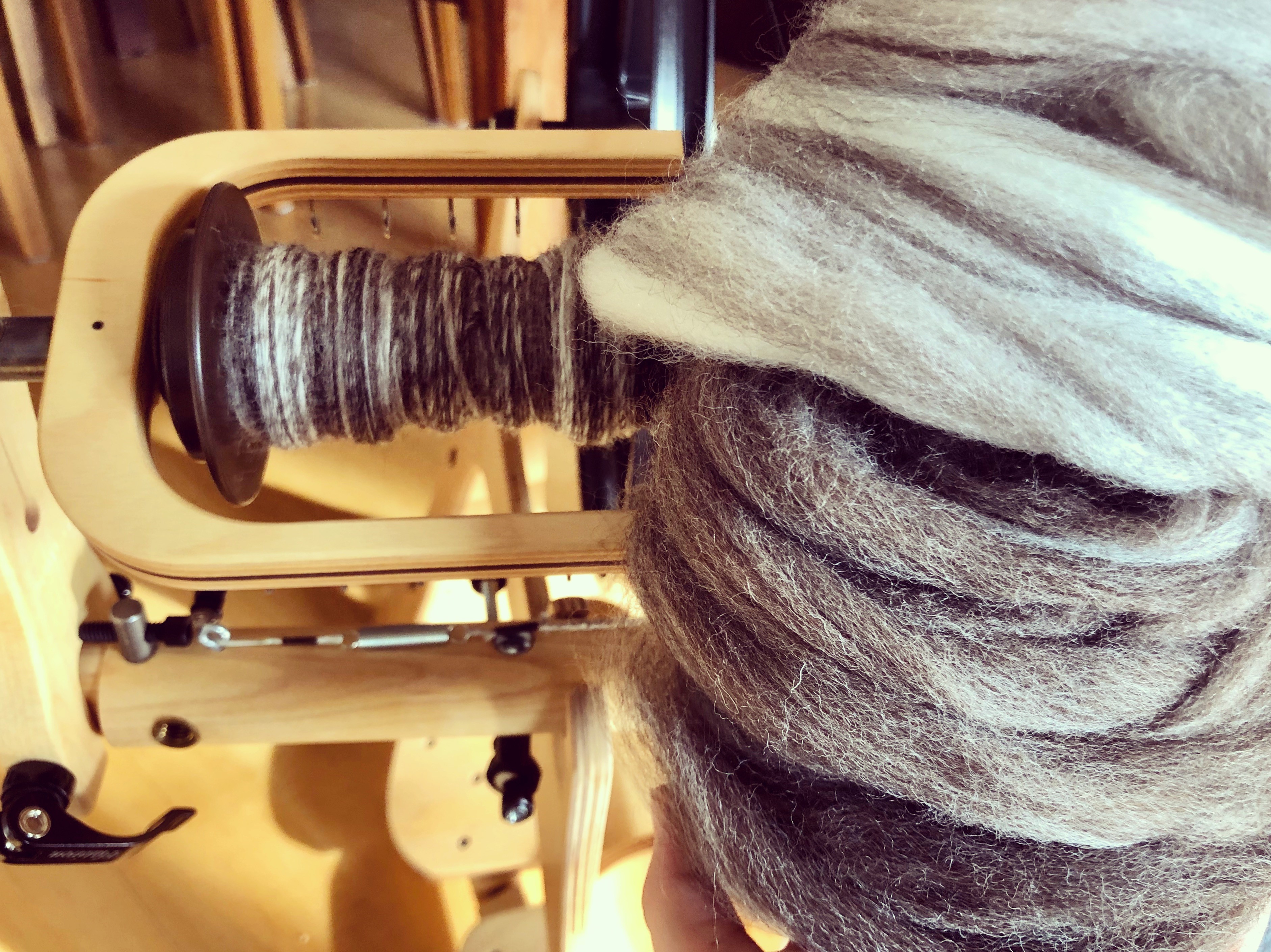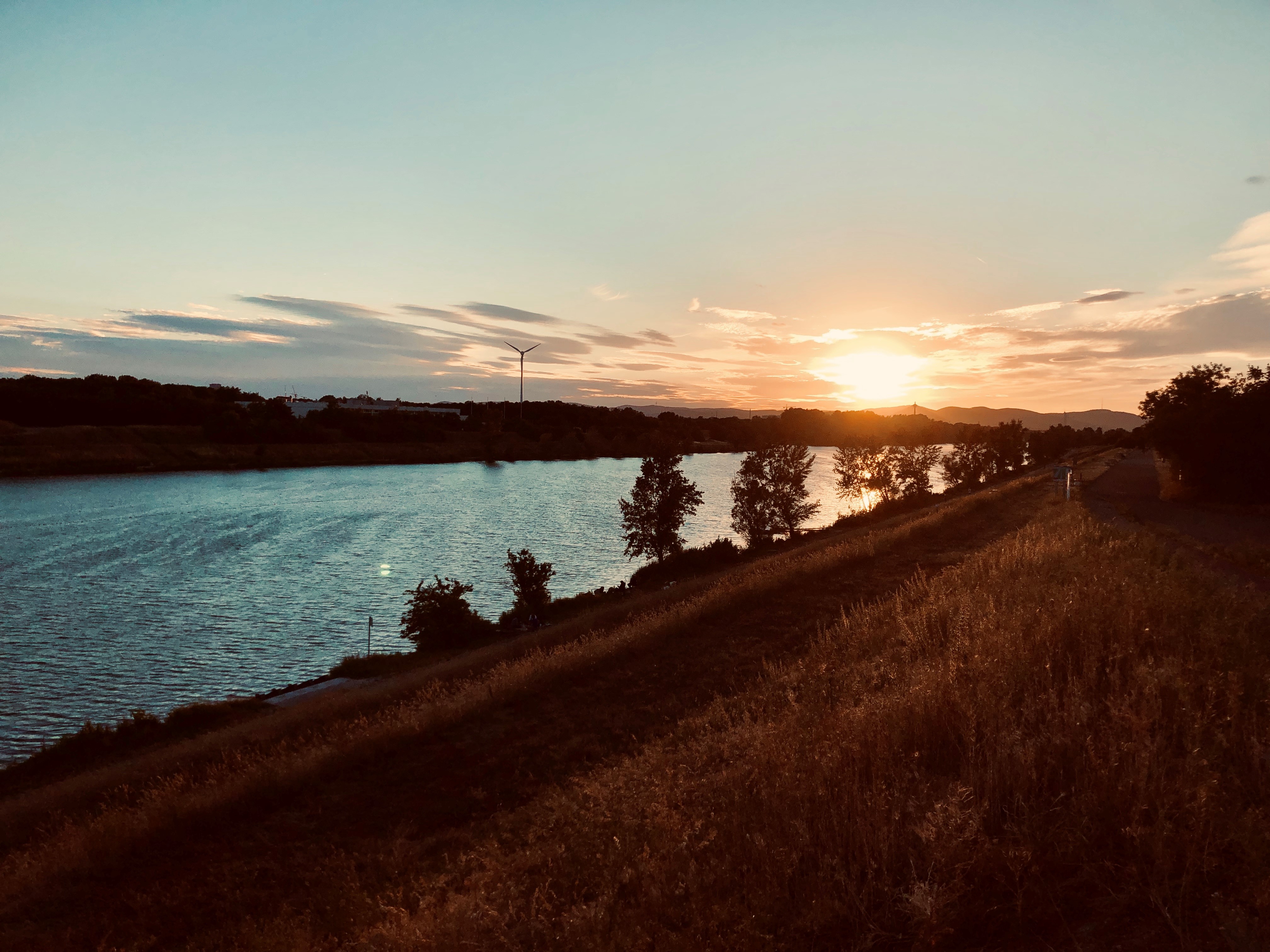I recently found a single gray sock that my grandmother must have knit several years or even decades ago in my apartment. I inspected it very thoroughly, trying to figure out which techniques she had used. The sock was knit with thicker yarn (I would guess sport weight) and at a looser gauge than I usually do. I also didn’t recognize the type of heel flap and gusset construction. When I started knitting socks, my grandmother told me the story that when she was young, she was the family member responsible for knitting all socks. She would not only knit the socks, but also process, spin and dye the wool. As a child growing up on a farm in the Austrian countryside in the inter-war period and during World War II, she didn’t have many clothes and the ones she had were hand-made by one of her family members. I was very impressed by her story, especially that she was in charge of the whole process from sheep to finished sock, and asked her if she could write down her sock recipe for me. I asked her a few times and she always said she would do it as soon as she got a chance. However, I never actually got anything from her and thought it was probably because she couldn’t remember how she’d knit her socks. After all, she is turning 92 this year and had to stop knitting several years ago due to pain in her fingers.
Once I mentioned to my mother that I thought it was very unfortunate that my grandmother didn’t remember her sock recipe. My mother laughed and told me that my grandmother probably didn’t know how to write down instructions because back then, they simply knit socks without a “recipe.” Of course I knew that there weren’t any knitting patterns as we know them today when my grandmother was growing up, but I didn’t consider the possibility that knitting techniques and instructions were only passed down orally and items were “just knit”. Being someone who would be lost without patterns (especially when making garments), I am deeply impressed by people who just know how to knit specific items or modify them. But I guess it was normal back then. It is not like they had any other options.
Even though my grandmother taught me how to knit when I was in primary school, I didn’t start knitting regularly or obsessively until about twenty years later. I remember learning and enjoying all kinds of crafts when I was a child — knitting, chrochet, drawing, beading, making friendship bracelets, sewing a little bit, and the list goes on — but none of them “stuck”. I even opted for the woodworking class in high school instead of textile arts because I decided to be a bit of a feminist rebel. I wanted to be one of the few girls doing “boys’ stuff.” Today, I believe I can be a feminist and still knit and sew my own clothes. For me, it is even a big part of being a modern woman making my own clothes and thinking very carefully about my clothing choices in terms of human and environmental impact. Plus how many people still have the skills to make their own clothes? That is a very impressive skill to have.
Anyway, my grandmother and I feel extremely connected, not just because she helped raise me, but also because I am very interested in exploring my roots and family history, of which fiber arts and crafts are such a central part. Whenever I spin on my wheel, I think about my grandmother spinning undyed wool from their sheep that she would later dye naturally and knit up into socks and garments. Whenever I knit socks, I imagine my grandmother sitting in their tiny farmhouse working away on socks for the whole family. I also remember my favorite childhood sweaters that were all knit by my grandmother and regularly had to be “extended” because I didn’t want to stop wearing them when I’d actually already grown out of them. They all eneded up being very colorful and had many stripes added to the body and sleeves.
I really wish some of the fiber preperation tools had survived the decades since they were used by my grandmother and my great-grandparents. Like many other things, they were simply thrown or given away because they weren’t needed any more. My mother often told me that when she was a child, she stood out in school because she wore so many beautiful clothes that my grandmother had made for her. However, slowly more and more people, primarily women, didn’t feel the need to make their own clothes any more because it was cheaper to buy off the rack or they simply didn’t have time to knit and sew because they were working long hours in order to support their family and make a livelihood. The situation hasn’t changed very much. I have been asked several times by strangers why I don’t sell knitted socks. My answer is always the same: would you pay around 30$ for indy-dyed sock yarn plus my labor?
Even though you cannot make (a lot of) money selling knitted socks, I am still very happy that many people believe it is worth it knitting beautiful socks, and other items for that matter. It is worth it because it is not all about the product — of course, sometimes it is — but knitters all enjoy the process (most days at least). If you never do, why are you knitting?





No Comments